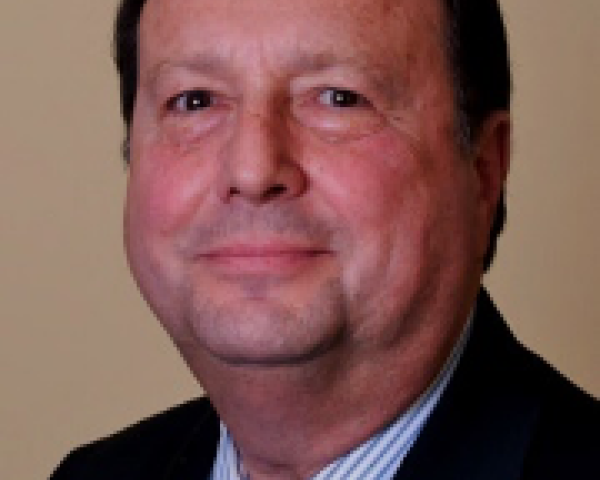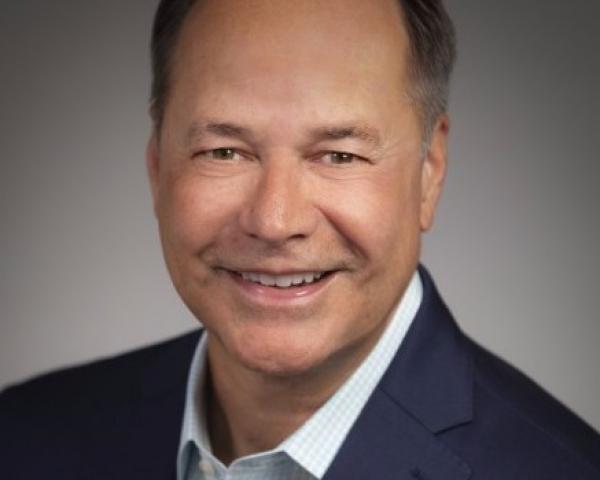The phrase “existential crisis” has been admittedly overused in recent years, and sometimes for good reasons, but is still apt when applied to today’s P&C insurance industry.
Macro Influences
After many long years of stability, the 125-year-old, $300 billion U.S. auto insurance industry is caught between runaway inflationary cost pressures on one side and consumer wallets, many of which are no longer able to afford the spiraling auto insurance premium increases, on the other.
In the middle is the $42 billion U.S. collision repair industry (of which $39 billion is paid by insurance), which has been experiencing severe technician shortages, rising labor costs and pricing pressure from carriers as average repair costs have jumped 50% over the past few years. These increases can be primarily attributed to the cost of replacement parts, scanning and calibration for newer model vehicles, which are now bristling with electronic Advanced Driver Assistance System (ADAS) features and related sensors. The even higher costs of repairing the rising number of electronic vehicles (EVs) exacerbates the problem. In fact, some carriers are now writing off EVs with just moderate damage as total losses because of their much higher repair costs than like vehicles with internal combustion engines. Total losses, which are costly for insurers, now represent almost 25% of all insured auto claims.
Much of the underlying repair cost discussion has centered on the more visible and tangible issues: parts prices, supply chain inflation and delays. Longer rental car terms during the repair process, up from the pre-COVID figure of roughly 11.5 days to over 20 and now resting closer to 19 days, have been cited, as well.
A closer look reveals a double-digit-percentage jump in body shop labor rate increases, a significant change in the marketplace that is unlikely to recede. As independent body shops continue to decline in number, venture capital-backed MSO (multi-shop operator) models continue to expand, many of which are essential to insurance carrier DRP (direct repair program) networks, which were introduced to deliver long-term repair cost and other business benefits.
The advent of MSOs promised to advance repair consistency and provide volume cost benefits, so insurers openly embraced this new advantage in hopes of wrangling the fragmented repair space. Ironically, MSOs are now more able to flex their scale, raising rates as well as even limiting their participation in insurer DRPs, demonstrating greater influence in the marketplace.
Carriers with lower density of customers in select markets are becoming powerless and more challenged in containing repair costs because volume and relationships have a louder voice. Many on the insurer side have feared that the auto repair industry would someday become akin to the healthcare insurance model, in which services are rendered and then simply reimbursed by insurers, which have lost the ability to contain costs.
Although this article emphasizes auto repair cost increases that are likely permanent, there are additional long-lasting culprits afoot. Social inflation is proving to be a real factor as juror and public sentiment regarding justice is changing. Add in litigation funding and the growing capital behind this budding “cottage” industry.
Driver behavior and decreased law enforcement on drivers, as other crimes are prioritized, have been well studied and are offsetting gains from ADAS systems. Finally, medical costs show no signs of slowing, including the less obvious cost-shifting as the Medicare Secondary Payer rules established in 2018 push costs to P&C insurers.
Telematics
Many of the influences that had been keeping these cost increases at bay are no longer able to contain them.
Telematics-supported usage based insurance (UBI) programs enabled a large group of safer drivers to take advantage of insurance discounts, but adoption has leveled out at under 20% of policies, as the market awaits the next generation of telematics programs that go beyond discounts to “always on” emergency response and accident management for all policyholders. As a reflection of this market’s maturation, global market leader Cambridge Mobile Telematics acquired rival True Motion, the second-largest mobile telematics provider, in 2021.
UBI programs continue to evolve, with emphasis on driver safety, saving lives and coaching components more common in personal lines rather than fleet (commercial vehicles) coverage. Westfield Insurance launched Mission Safe in May, which rewards drivers and provides feedback and incentives, thus differentiating it from others. Drive Safe from State Farm, Allstate’s DriveWise, SmartRide from Nationwide and Farmers’ Signal program work similarly as switch-to-save models by enticing drivers with 30% to 40% initial discounts, with the motivation to maintain discounts through good driving behaviors.
Telematics pioneer Progressive Insurance recently announced their Accident Response initiative, focused on accident management and crash detection for all drivers, independent of a UBI program.
However, tangible changes in driver behavior and safety remain elusive, and distracted driving is on the rise.
See also: The End of Auto Insurance
Technology
Technology delivered real cost savings to both the auto insurance and collision repair industry for many years, peaking in 2022 as pandemic-related changes normalized.
Auto insurers discovered that policyholders were willing, indeed anxious, to take pictures of accident damage with their smartphones to avoid contact with adjusters. And taking the appetite for a “touchless” claim experience a step further, carriers began adopting digital claim payments to policyholders and collision repairers.
Not missing the opportunity to reduce overhead, carriers pared their adjusting staffs and sold off less-occupied physical facilities. The gains from these major adjustments ended in 2022 as the pandemic eased, and the remaining staff resources are challenged to meet the higher claim volume as motorists returned to the roads, continuing the more dangerous driving habits they acquired on relatively empty streets and highways.
Collision repairers, especially the better-funded MSOs, also embraced a host of cost-saving technologies spanning the intake and operational function of car repair, including repair planning, higher throughput painting and drying booths, scanning and calibration, automated parts procurement and customer communication technologies. Again, most of the economic gains from these advances are now baked in, while the tide is changing toward higher cost of repairs.
The Great Rebalancing
There is a Great Rebalancing underway as each of the major stakeholders scrambles to adjust to the new normal. The critical question is whether they can adapt quickly enough to forestall what could be a major consumer- and investor-led disruption.
A consumer groundswell of resistance to further auto insurance price increases could lead to broader market interference by state or federal regulators, who have the power to influence rates (much as is playing out now for auto in California and recently for property insurance in Florida).
It is not unreasonable to expect accelerated consolidation within the auto insurance market as investors, boards and financial activists push the worst-performing carriers to explore all strategic options.
And as the collision repair industry continues to consolidate as a result of additional investor involvement, the largest MSOs have gained and will likely exceed negotiating parity with auto insurers and extract better commercial terms to cover their rising costs, thus adding pressure on auto insurers’ results.
Overlay on all of this the slow but sure conversion of the carparc from ICE to EV vehicles as the self-imposed 2035 switch-over deadline approaches, along with the higher price tags, operating and repair costs for these battery-operated “computers on wheels.” Consumers are going to have to absorb further material increases in their cost of transportation.
You should not conclude that we are pessimistic about the outcome here. We are confident that American ingenuity, bolstered by new and exciting technologies, and our faith in the American appetite for affordable mobility, will prevail. What we can’t see quite as clearly is exactly how and where the various players will come out.









